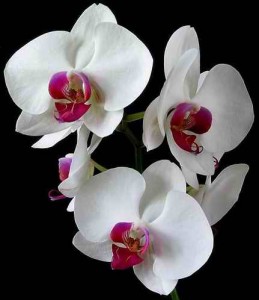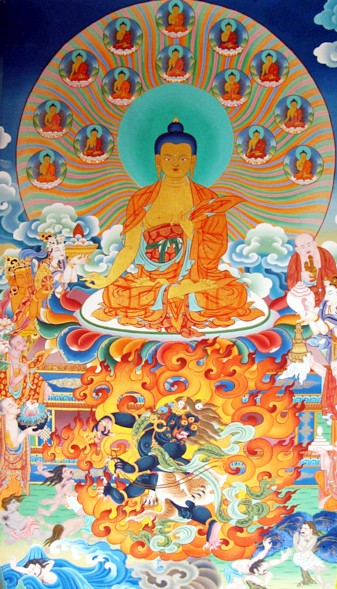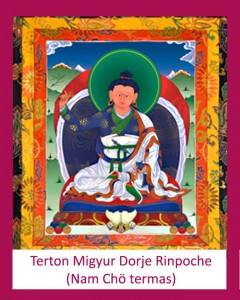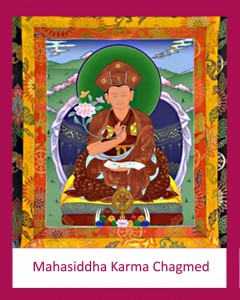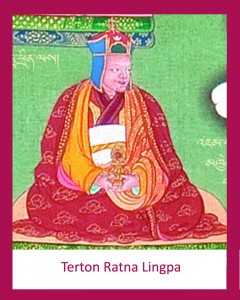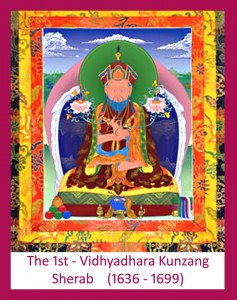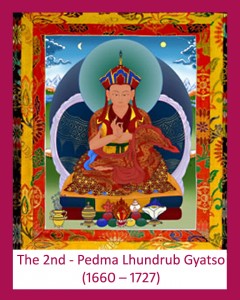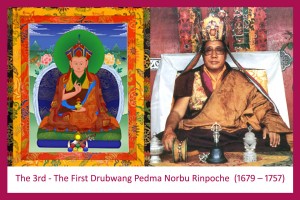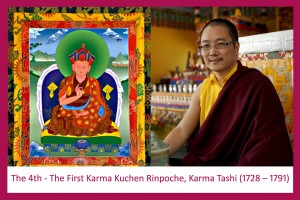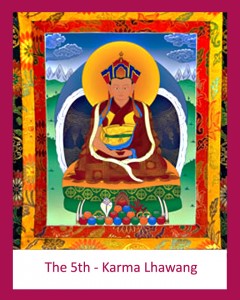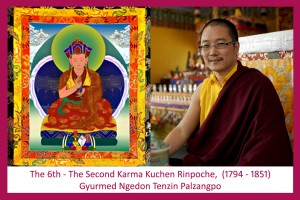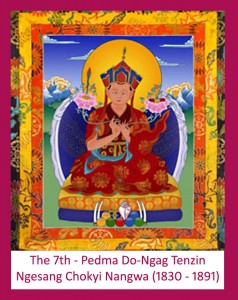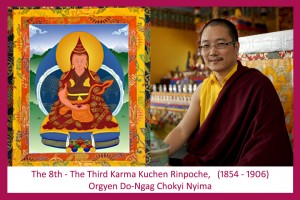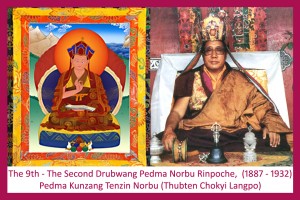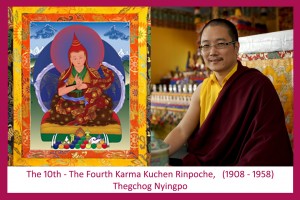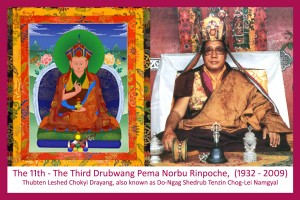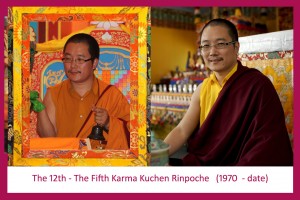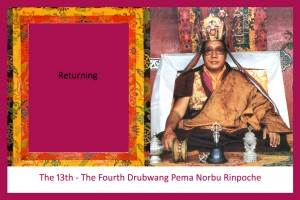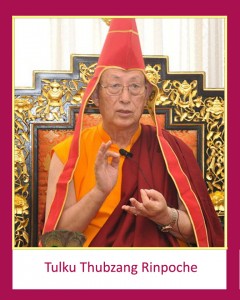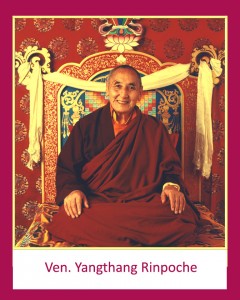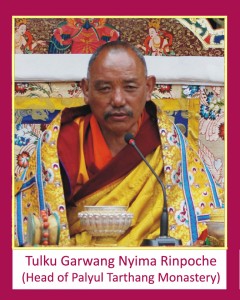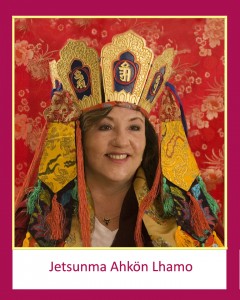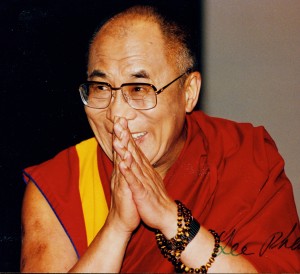A Vow of Love:
Living an extraordinary life
of Compassion
By Jetsunma Ahkon Lhamo
Why Compassion?
I would like to talk about a subject that is of the utmost importance to everyone. The subject is compassion.
You may think, “Oh, I know all about compassion. I’ve been a Dharma practitioner for a long time. I’ve had many teachings about compassion.” Or you might think, “I’m a person with a good heart. I try not to do any harm, and I try to help people. Therefore, I know about compassion.” If we hold these ideas in our heart, we have already lost precious opportunities, and will continue to lose more, because the cultivation of compassion in the heart and mind is an ongoing process.
Even if you come into this world with a compassionate ideal you must still cultivate the idea of compassion as though it were the first time you ever thought of it. Due to intense spiritual practice in the past, you may have been born into this lifetime with the idea that you want to be of benefit to sentient beings. Yet still you must cultivate the idea of compassion everyday, as though it were a delicate orchid that could die in an unnatural environment. Until we are supremely enlightened, we have obscurations of our mind that will fight against the idea of compassion.
There is no one on this earth, unless they are supremely realized, who has the purified mind of compassion. If you have been meditating for many years, and think compassion is a baby subject and you’re far beyond that, or if you think because you’ve practiced for a long time, compassion is just one of the beginner studies, and now you’d like to get on to the mystical or the “higher” Dzogchen teachings, then I think you’re making a mistake. I hope that you will relax your mind and come to the point where you commit to studying compassion deeply and profoundly, as though it were your mother. You should have that kind of intimate relationship with the idea of compassion. You should seek to be taught by it. You should seek to be suckled by the mind of compassion. You should seek to be nourished in that way.
Copyright © Jetsunma Ahkon Lhamo. All rights reserved
